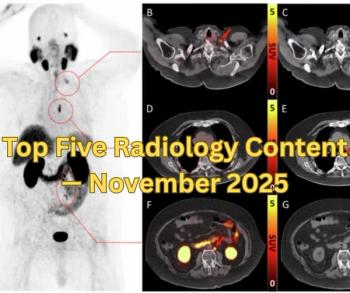
Radiologic Technologist Requirements Vary by State
Interactive map with general radiologic technologist requirements across the country.
[[{"type":"media","view_mode":"media_crop","fid":"27842","attributes":{"alt":"","class":"media-image media-image-right","id":"media_crop_8024696997137","media_crop_h":"0","media_crop_image_style":"-1","media_crop_instance":"2760","media_crop_rotate":"0","media_crop_scale_h":"0","media_crop_scale_w":"0","media_crop_w":"0","media_crop_x":"0","media_crop_y":"0","style":"float: right;","title":" ","typeof":"foaf:Image"}}]]
Licensing requirements for radiologic technologists vary across the
Radiologic technologists work with and maintain radiology equipment and hazardous material, and they work directly with patients. This type of work performed by people who are not adequately trained may result in unsafe practices for both patients and workers.
The American Society of Radiologic Technologists (ASRT) believes that this needs to be changed. “Licensure is a state government’s way of ensuring that personnel meet minimum professional standards before engaging in radiologic technology or radiation therapy, and licensure provides state governments with a way to prohibit unqualified individuals from performing imaging examinations or radiation therapy treatments on patients,” says Christine J. Lung, CAE, the organization’s vice president of government relations and public policy. “ASRT strongly supports state licensure for radiologic technologists based on review of an applicant’s educational and professional credentials.”
Accreditation can be obtained even among radiologic technologists who work in states that do not require it. The ASRT recommends that people who wish to work as radiologic technologists follow an accredited radiography program and become certified by the American Radiologic Technologists (ARRT).
Certification is granted upon successful completion of such a program and a licensing examination. Candidates must also fulfill the ethical requirements set out by the ARRT. Once granted, these credentials must be maintained and continuing education in the field is important.
While the majority of states seem to be on board with the need for regulating education and prerequisites for radiologic technologists, there is still a handful of states that haven't passed any legislation. In fact,
Check out the interactive map to see state requirements on becoming a general radiologic technologist.
Newsletter
Stay at the forefront of radiology with the Diagnostic Imaging newsletter, delivering the latest news, clinical insights, and imaging advancements for today’s radiologists.




























